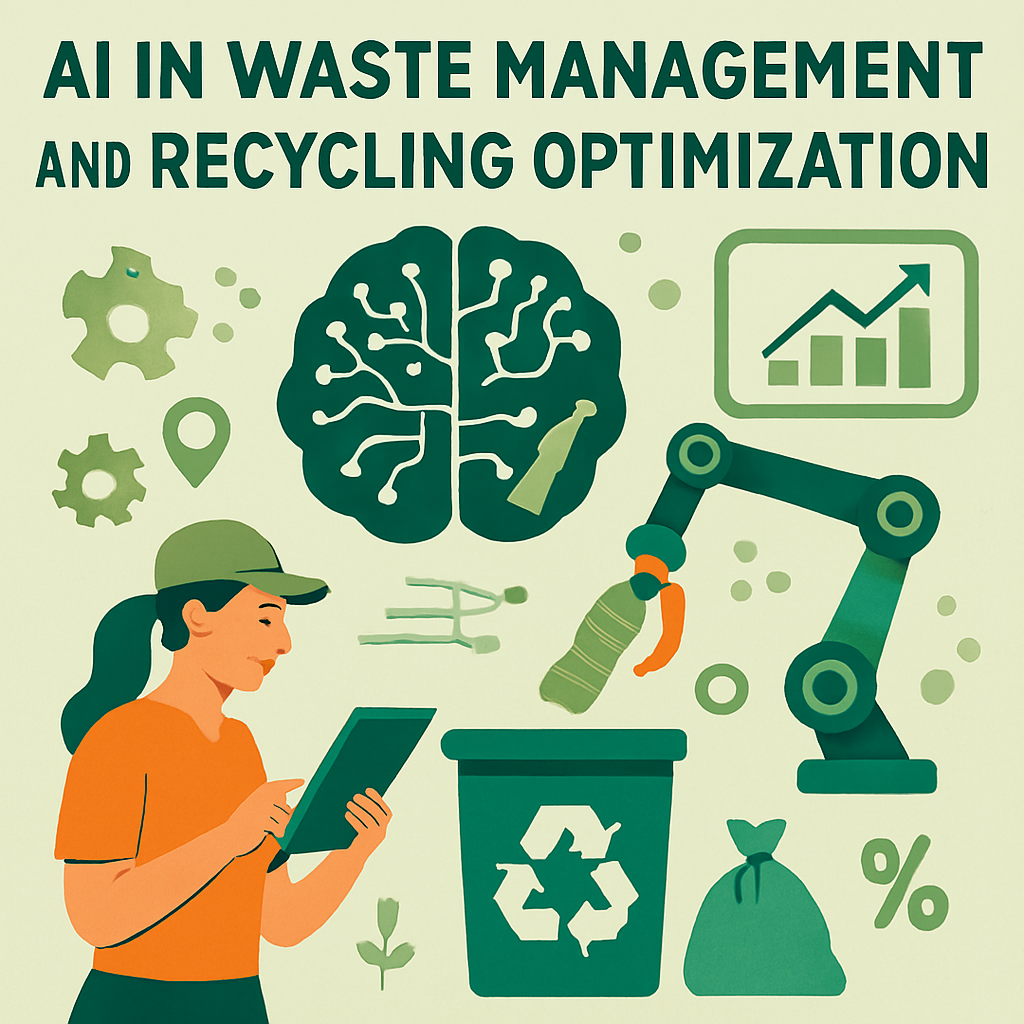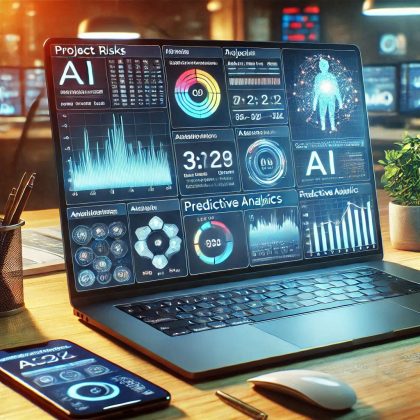
The fusion of smart materials and artificial intelligence (AI) is ushering in a transformative era in modern engineering. From buildings that respond to their environment to aircraft components that heal themselves, these intelligent systems are reshaping how engineers design, build, and maintain everything from infrastructure to consumer electronics.
Smart materials—also known as intelligent or responsive materials—can adapt to external stimuli such as heat, pressure, moisture, electric or magnetic fields. When paired with AI, these materials become even more powerful, enabling autonomous behavior, predictive maintenance, and adaptive performance across a range of engineering fields.
In this article, we explore what smart materials are, how AI enhances their capabilities, and the cutting-edge applications and benefits of this dynamic duo.
What Are Smart Materials?
Smart materials are engineered substances that respond predictably to environmental changes. Some common types include:
These materials offer engineers the ability to build systems that are not only more efficient but also more adaptable and longer-lasting.
The Role of AI in Smart Material Systems
While smart materials respond to stimuli, AI gives them the “brain” to process data, learn from their environment, and make intelligent decisions. Here’s how AI amplifies their impact:
Smart materials embedded with sensors can generate large volumes of data—about temperature changes, structural strain, vibration, etc. AI algorithms process this data in real time to enable dynamic responses. For example, AI can control the actuation of SMAs in response to stress loads in aerospace applications, ensuring optimal shape and performance.
AI models can monitor the condition of smart materials over time, predicting wear, fatigue, or failure. This is especially useful in structural health monitoring of bridges, buildings, and pipelines. Rather than relying on periodic inspections, engineers can intervene only when AI predicts that degradation is imminent.
AI helps engineers design smart material systems by simulating thousands of material configurations and behavior models. Machine learning accelerates material discovery by predicting how compositions will respond under certain conditions—saving time and costs in experimentation.
In robotics and biomechanics, AI enables adaptive behavior. For instance, AI algorithms control soft robots built with shape-shifting materials to walk, grip, or change posture based on terrain or user needs. This also extends to prosthetics and wearables that adapt to the user’s motion and environment.
Key Applications
Aircraft wings built with smart composites can morph during flight for better aerodynamics. AI algorithms optimize the morphing process in response to airspeed, turbulence, and load conditions, improving fuel efficiency and safety.
Bridges and buildings embedded with smart concrete or piezoelectric sensors can detect early signs of stress or cracking. AI processes the data to forecast potential failure points and recommend proactive reinforcement.
Solar panels with electrochromic coatings can adjust transparency for optimal energy absorption. AI models control the panels’ state depending on sunlight intensity and environmental factors.
Smart polymers are being used in implants that adjust to body temperature and pH. AI enables real-time monitoring of drug delivery systems or stents that adapt to physiological conditions.
Touchscreens, flexible displays, and wearables are increasingly using smart materials that react to touch, pressure, or bending. AI enhances user interfaces by learning usage patterns and predicting actions for more seamless experiences.
Benefits of Combining Smart Materials with AI
Challenges and Considerations
The Future of Smart Materials and AI
As AI models become more sophisticated and materials science advances, we can expect:
Conclusion
The convergence of smart materials and AI represents one of the most promising frontiers in engineering. These intelligent systems can sense, decide, and act—creating structures and devices that are more efficient, safer, and responsive than ever before. As research progresses and costs decrease, we’ll see wider adoption across industries, making the built world more intelligent, resilient, and sustainable.

Effective waste management and recycling are essential for addressing the global waste crisis and promoting sustainability. Artificial Intelligence (AI) is revolutionizing the waste management sector by optimizing operations, improving recycling efficiency, and enabling smarter decision-making.
One of the most significant challenges in recycling is the accurate sorting of waste. AI-powered systems equipped with sensors and cameras can identify and categorize different types of materials, such as plastics, metals, glass, and organic waste.
Machine learning algorithms analyze images of waste items on conveyor belts in real time, ensuring accurate sorting and minimizing contamination in recycling streams. Robots equipped with AI can then pick and sort these materials with precision.
AI is improving waste collection by predicting when bins will reach capacity. IoT-enabled smart bins equipped with sensors communicate fill levels to AI systems, which then optimize collection routes for waste trucks. This reduces fuel consumption, lowers operational costs, and minimizes carbon emissions.
AI tools are helping to maximize recycling efficiency by analyzing data to identify bottlenecks in recycling processes. These tools optimize operations in recycling facilities, such as shredding, melting, or chemical processing, ensuring minimal waste and maximum recovery of valuable materials.
AI models detect and remove contaminants that degrade the quality of recyclable materials. By identifying impurities early in the recycling process, AI helps ensure higher-quality outputs, making recycled materials more marketable and sustainable.
AI-powered platforms engage communities by providing real-time feedback on recycling habits. For instance, apps can scan items to determine if they are recyclable and provide instructions on proper disposal, encouraging better waste management practices.
AI is opening the door to innovative waste management solutions, such as using advanced robotics to handle hazardous materials or creating circular economy systems where waste is transformed into valuable resources.
AI is transforming waste management and recycling by improving efficiency, reducing costs, and fostering sustainability. With these advancements, we can move closer to a zero-waste future, addressing environmental challenges and promoting a cleaner, greener planet.

In today’s fast-paced and interconnected world, managing risks in complex projects is a daunting challenge. From supply chain disruptions and regulatory compliance to technical failures, project managers face a myriad of uncertainties that can jeopardize timelines and budgets. This is where artificial intelligence (AI) steps in, offering innovative tools to identify, analyze, and mitigate risks more effectively than ever before.
AI leverages advanced technologies like machine learning (ML), natural language processing (NLP), and predictive analytics to provide comprehensive risk management solutions. Here are some key areas where AI is making a difference:
The future of risk management lies in the integration of AI with advanced technologies like blockchain, IoT, and digital twins. These combinations will enable:
AI-driven risk management is revolutionizing how complex projects are planned and executed. By identifying potential risks early, providing actionable insights, and enabling data-driven decisions, AI enhances project resilience and success rates. However, to fully leverage these benefits, organizations must address challenges like data quality and skill gaps.
As AI technology continues to advance, its role in risk management will only grow, helping project managers navigate uncertainties with confidence and precision.